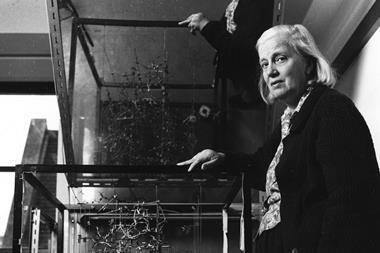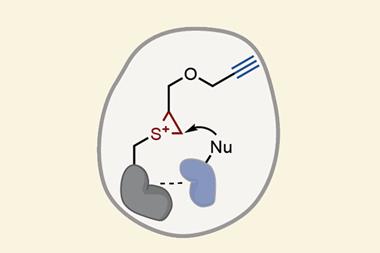James Watson, who shared the Nobel prize for his work on DNA’s molecular structure, has died at the age of 97.
Working alongside Francis Crick, Watson helped to uncover DNA’s famous double helix structure in 1953. Along with the biophysicist Maurice Wilkins, the pair shared the 1962 Nobel prize in physiology or medicine for the discovery, which is considered one of the greatest scientific breakthroughs of the 20th century. However, Watson’s career was also marked by controversy, and he faced criticism for his failure to give Rosalind Franklin appropriate credit for her role in the discovery of DNA’s structure, as well as his outspoken views, expressed later in life, on race.
Watson was born in Chicago, US, on 6 April 1928, and from a young age had a fascination with natural history, particularly birdwatching. In 1947, he earned a degree in zoology at the University of Chicago, and went on to complete a PhD in the subject at Indiana University Bloomington in 1950.
In 1951, Watson met Wilkins at a symposium in Naples, Italy, and saw for the first time the x-ray diffraction pattern of crystalline DNA. This experience motivated him to focus his research on the structural chemistry of nucleic acids and proteins.

Later that year he started working at the Cavendish Laboratory at the University of Cambridge, UK, where he met Crick and together the pair started to pursue their interest in solving the structure of DNA. Watson and Crick built physical models as they tried to piece together DNA’s molecular structure, and in March 1953 – having viewed x-ray diffraction data generated in the labs of Rosalind Franklin and Wilkins at Kings College London – they were able to propose the double-helix, kickstarting a revolution in the field of molecular genetics.
In the years that followed, Watson continued to work between the US and the UK, studying the structure of small viruses and the role of RNA in protein synthesis. From 1968 until 2000, Watson served in several leadership roles at Cold Spring Harbor Laboratory (CSHL) near New York, US, where his research focused on cancer genetics. He was also significantly involved in establishing the Human Genome Project.
Despite his many achievements, Watson’s career was often overshadowed by his controversial views and behaviour. Watson and Crick were accused of obtaining data from Franklin’s lab without her knowledge and failing to give her due credit in their 1953 paper. Watson was also criticised for using sexist language and for minimising Franklin’s contributions in his 1968 book The Double Helix, which presents Watson’s account of the discovery. In 2007, after making comments linking race and intelligence, Watson was removed from administrative roles at CSHL. He was completely stripped of his honorary titles and positions there following similar comments in 2019.
‘Few people have influenced modern molecular biology and genetics as much as Jim Watson,’ said 2009 chemistry Nobel laureate Venki Ramakrishnan, in a commemorative article published by the Medical Research Council’s Laboratory of Molecular Biology in Cambridge, UK. ‘He also trained and nurtured many generations of leading scientists, including some pioneering women in molecular biology such as Joan Steitz and Nancy Hopkins, so it is a pity that his later life was marred by his extreme views on race, gender and genetic determinism. In the end, his contributions will long outlast his prejudices.’

















No comments yet